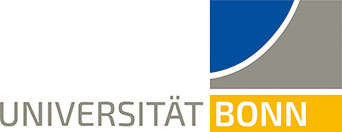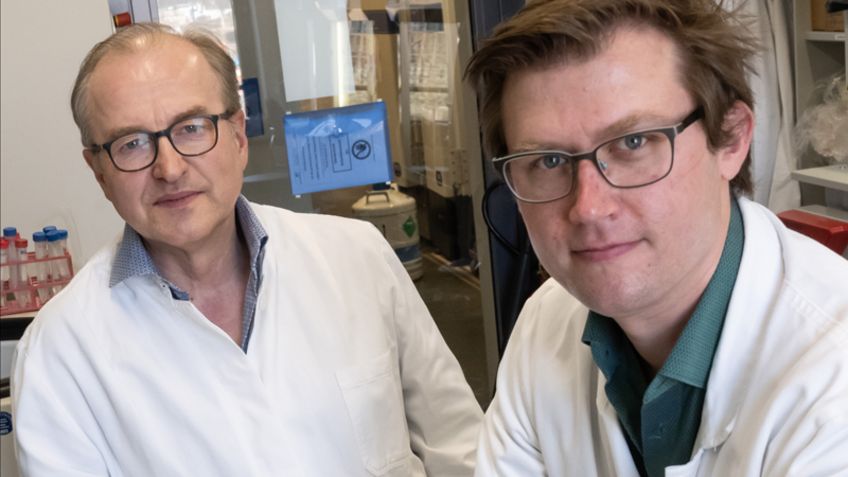About our research
The control of cell motility and of cell distribution dynamics is of central importance for the mammalian immune system. We have a long-standing interest in the regulation of immune cell adhesion, which contributes to the mechanics of cellular locomotion and to the dynamic re-distribution of immune cells in the lymphatic system, or in peripheral organs. The binding of integrin adhesion receptors to their ligands is regulated by cytoplasmic signals. We have discovered a family of cytoplasmic signaling molecules, the cytohesins, which can control integrin activity in several systems. Cytohesins are so-called guanine nucleotide exchange factors for small cellular GTPases and regulate a number of other important signal transduction routes, including metabolic pathways (insulin signaling) as well as cell growth, differentiation and activation (EGF- and T cell receptor signaling). We have recently established mouse knock-out models for the cytohesin genes and are currently characterizing their phenotypes to decipher common and differential signaling mechanisms of these enzymes/adapter proteins in the respective cell communication systems. The lab has furthermore embarked on the identification of novel regulators of cell adhesion, migration and immune cell activation using functional cell biology, biochemistry and imaging technologies.
A second major line of projects in the lab concerns the regulation of “stemness” features and differentiation in embryonic and adult stem cells, neuronal precursors and in cancer cells. Here we are mainly working on the TRIM-NHL family of proteins and have established full and tissue-specific knock-out models for the respective genes in the mouse and in the zebrafish. This will aid in elucidating the contributions of these factors to organ-specific cell fate decisions in development and in tumor formation.





